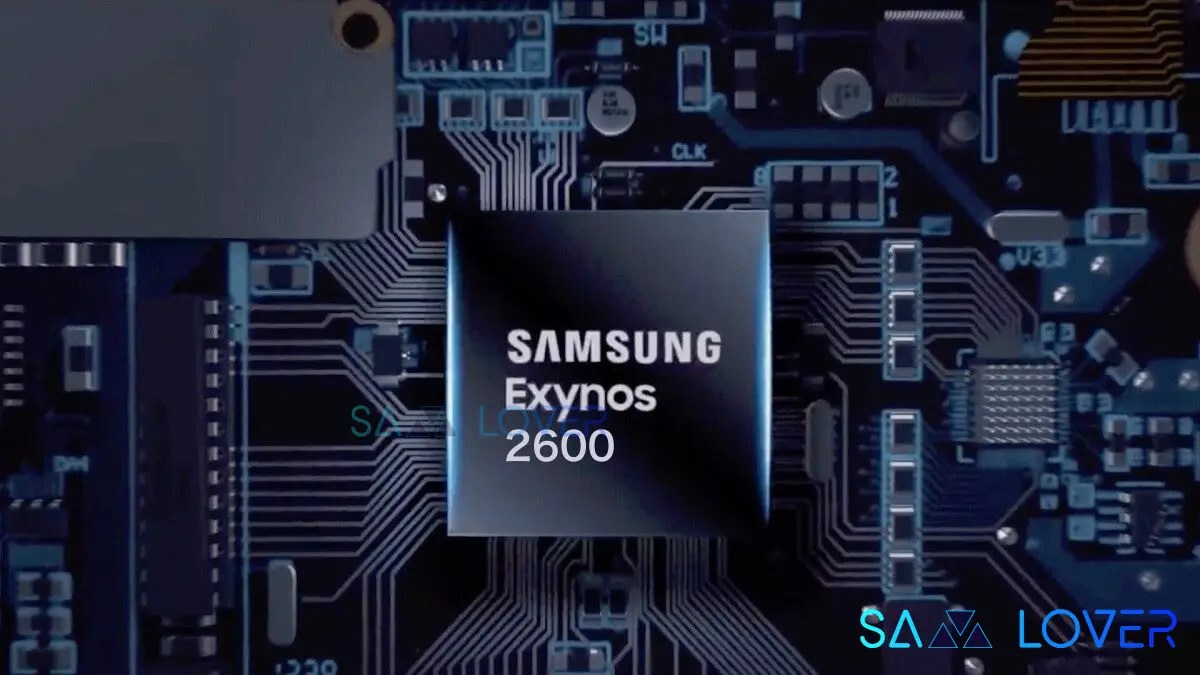In the past year, companies involved in the development of small modular nuclear reactors (SMRs) have secured over $1.5 billion in funding, driven by the increasing demand for power to support artificial intelligence model training and governments’ commitment to the industry.
Notable examples include X-energy, which recently raised $700 million, and Paris-based Newcleo, which secured $151 million in funding last year. Additionally, Oklo, NuScale, and Nano Nuclear have collectively received $700 million in investments for similar projects in the United States.
Although nuclear fusion remains a relatively distant goal, SMRs have become a highly sought-after technology. In this context, SMR startup Valar Atomics has raised $19 million in a seed funding round to develop its first test reactor. The financing was led by Riot Ventures, with participation from AlleyCorp, Initialized Capital, Day One Ventures, and Steel Atlas.
Valar’s SMR technology is based on a helium-cooled, high-temperature gas reactor. The company plans to build these reactors in a “gigafactory” setting, which it refers to as “gigasites.” By adopting a production line approach, Valar aims to significantly reduce the costs associated with traditional nuclear reactor construction, which are often bespoke projects.
According to Valar’s co-founder and CEO, Isaiah Taylor, the primary constraint on building reactors is not the technology itself, but rather how it is deployed. Taylor hopes that Valar’s “gigafactory” approach can address this issue by shifting from an “artisanal” to an “industrial” approach.
The company intends to build hundreds of SMRs at off-grid sites to power data centers and industrial plants. Valar has already secured an initial contract with the Philippines Nuclear Research Institute to build a reactor in the country, which includes plans to pilot a test-scale reactor and construct two full-scale reactors before the first integrated reactor becomes operational.
Taylor explained that the company’s approach will involve building the first few reactors, which will naturally evolve into a factory-like production process. He stated, “We’re going to make the first one, the second one, the third one, and that will organically eviction into a factory.”
Valar’s underlying technology utilizes helium gas to achieve temperatures of up to 900°C, which is three times higher than conventional nuclear reactors. This enables the company to produce hydrogen efficiently and create low-carbon synthetic fuels for vehicles and infrastructure by combining it with captured CO2.
Taylor emphasized the potential of Valar’s technology, saying, “If you can get a nuclear reactor that hot, you can produce hydrogen very cheaply, and you unlock all sorts of things. One of those things being synthetic fuels. We want to be able to make that process cheap and make the reactors cheap, too.”
Taylor also noted that the company designed, engineered, and constructed its thermal test unit in just 10 months, demonstrating the feasibility of rapid development. He added, “It’s possible — after all, the first nuclear reactor ever was built in eight months, in 1943.”
Taylor’s background is notable, as his grandfather was a nuclear physicist on the Manhattan Project. Taylor himself dropped out of high school at 16 and went on to study software systems and found startups. The company’s technical efforts are led by its chief nuclear officer, Mark Mitchell, who has extensive experience in the field, including his previous role as president of Ultra Safe Nuclear Corporation (USNC).
The startup’s team also includes several individuals from USNC, such as Willem van Rooyen, who serves as the head of mechanical engineering. While Valar’s plans are ambitious, there are several factors that suggest a favorable environment for such nuclear projects. The U.S. Inflation Reduction Act has unlocked private investment in clean energy infrastructure, and China is investing $440 billion in new nuclear plants.
Furthermore, 14 of the world’s largest banks have expressed support for tripling nuclear energy by 2050. With these tailwinds, Valar Atomics is well-positioned to make a significant impact in the industry.
Source Link





